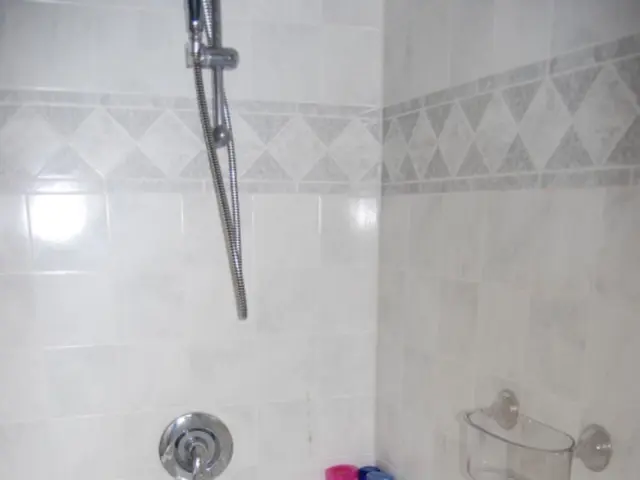Knee Joint Disorders: An In-depth Look at Internal Derangement
Internal derangement of the knee (IDK) is a common condition that affects the knee joint, often resulting from injury to its structural components. This article provides an overview of the typical causes, symptoms, and treatments for torn meniscus, loose bodies, and ligament tears in IDK.
Common Causes
- A torn meniscus is commonly caused by twisting or pivoting injuries, particularly with the foot planted, and is prevalent in sports or trauma. As we age, degenerative changes can also predispose to meniscal tears.
- Loose bodies in the knee occur from fragments of cartilage or bone breaking off inside the joint, often secondary to trauma, osteoarthritis, or meniscal/ligament injury.
- Ligament tears are usually caused by acute trauma, such as sudden stops, twists, or direct blows to the knee, and commonly involve the ACL but can also affect other ligaments.
Symptoms
Pain localized to the knee joint area, worsened by movement, swelling and knee effusion (fluid accumulation), locking, catching, or a popping sensation, knee instability or "giving way," decreased range of motion and stiffness, and a sensation of the knee buckling or failing to support weight are common symptoms associated with IDK.
Treatments
Initial management includes pain control (acetaminophen or NSAIDs), activity modification, and physical therapy to restore range of motion and strengthen supporting muscles.
- Small meniscus tears may heal with conservative treatment, while significant or complex tears often require arthroscopic surgery for repair or partial meniscectomy.
- Loose bodies usually require surgical removal if causing mechanical symptoms like locking or catching.
- Partial ligament tears may respond to bracing and rehab, while complete tears (e.g., ACL) often need surgical reconstruction followed by rehabilitation for stability and function restoration.
MRI is a highly accurate diagnostic tool for identifying meniscal tears and ligament injuries, with accuracy over 90% for meniscal pathology. Proper diagnosis is essential for targeted treatment to prevent further joint damage and disability.
Conclusion
Understanding the common causes, symptoms, and treatments for torn meniscus, loose bodies, and ligament tears in IDK is crucial for those experiencing knee pain and instability. Seeking prompt medical attention and adhering to recommended treatments can help prevent further joint damage and improve overall function and quality of life.
- In the context of knee pain management and health-and-wellness, science has identified various medical conditions such as torn meniscus and ligament tears that are common causes of internal derangement of the knee (IDK).
- Chronic diseases like osteoarthritis can also contribute to the development of loose bodies inside the knee joint, which can cause symptoms like locking, catching, or a popping sensation.
- Effective pain management for IDK, along with correct diagnosis and targeted treatment, plays a significant role in preventing further joint damage and improving the overall health and wellness of individuals dealing with these conditions.




